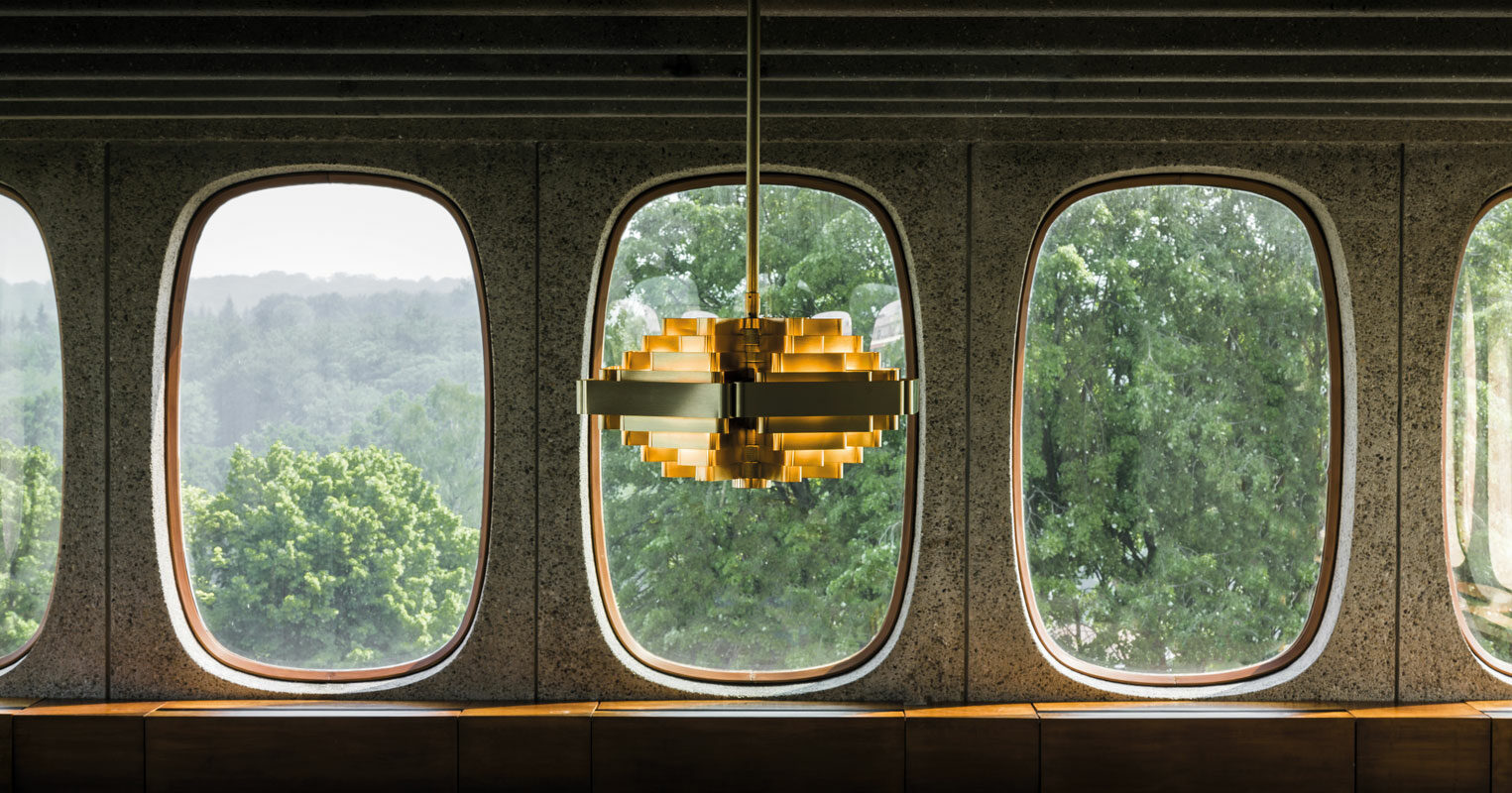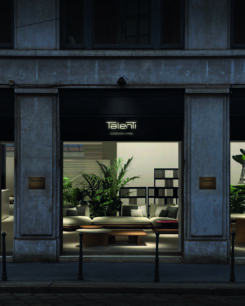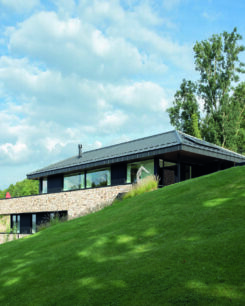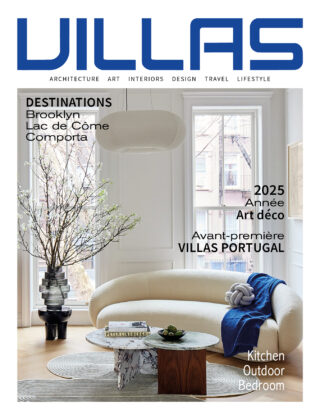Sommaire
Jules Wabbes – a Postmodernist adventurer
Becoming a renowned interior designer
Most of Jules Wabbes’s original and vintage furniture is now available for anyone looking for elegant, precious and timeless designer furniture. His products are sold by several brands. These include the Belgian manufacturer and distributor Bulo for office furniture, and General Decoration (GEDE) for lighting and home accessories. These designs for individuals and businesses date back to the early days of large-scale industrial design in the 1950s.
After the Second World War, the architect and interior designer set up an antiques and bric-a-brac stall at the flea market in Brussels. What had started as a bug for trading, which had bitten him before the start of the war, was now his job. He opened the stall with a friend who was infatuated with the Modernist artist Georges Carrey. But there was nothing abstract about the stall. The originality and practicality of the items on sale, from wooden furniture to everyday objects, brought success. Customers came from afar for decorating advice. Members of his family then suggested that he become an interior designer.
A contemporary of the artist Pierre Culot, Jules Wabbes was originally passionate about street photography. A self-taught designer, his flair for weathered, raw or recycled materials made him stand out from the crowd. Through launching his designer business and offering his bespoke services for private houses and apartments, and especially offices, he met architects from all over the world. His company, named Universal Furniture, consequently started focussing on American designs à la the International Style to meet his clients’ requirements (he met masters of American architecture like Philip Johnson). It was established in 1957. Jules Wabbes chose to make his chairs, armchairs, tables, bookcases and chests of drawers using solid wood, a durable material.
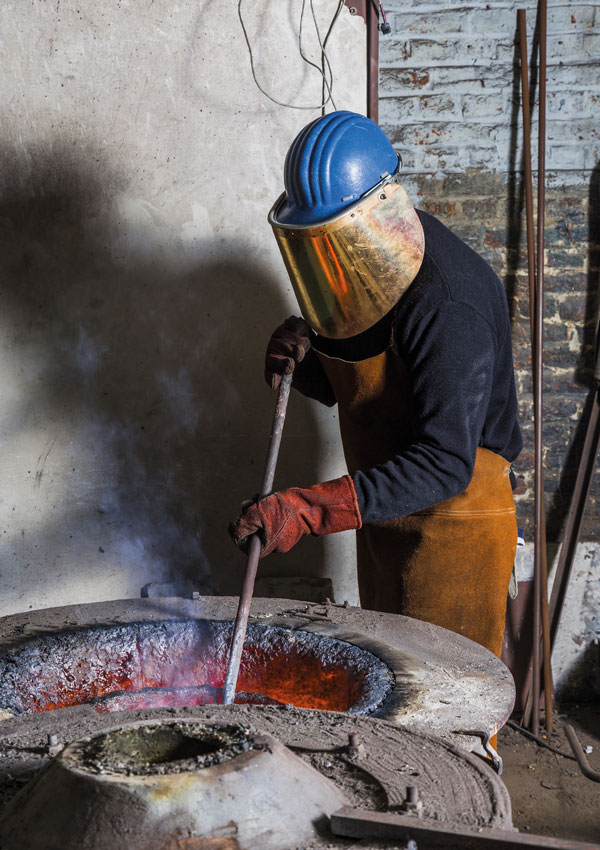
Michel Figuet
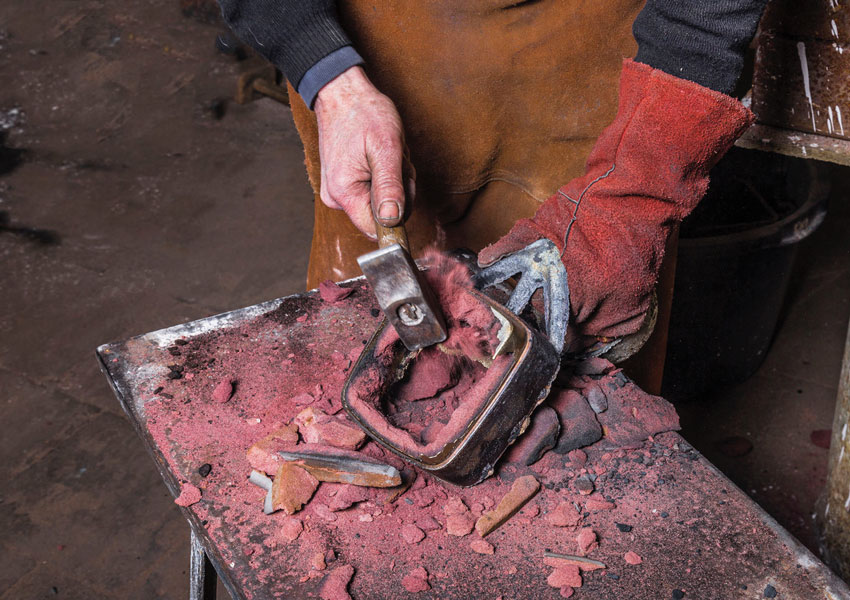
Michel Figuet
Creating the most beautiful architecture
The buildings constructed by Jules Wabbes in the second half of the 20th century are permanent reminders of Belgian Modernism, and have a lasting influence. During his career, the designer taught about interior architecture and building design at the École supérieure des arts Saint-Luc in Brussels.
Architecture was the main focus of Jules Wabbes, whose best-known masterpieces are:
- the complete layout of the US Embassy in The Hague (a Marcel Breueur building) in 1959;
- the interior of the Belgian National Theatre in Brussels thanks to his friend, the director Jacques Huisman. A project in collaboration with the Belgian architect André Jacqmain, which can be seen in the Sciences Library at the Catholic University of Louvain;
- the interiors of the head offices of the manufacturers Glaver Glaces and Univerbel (Glaverbel, formerly AGC Glass Europe). Many great names in Belgian Postmodernism, including André Jacqmain and Renaat Braem, have been in charge of this building;
- the vault of Société Générale de Banque (BNP Paribas Fortis), based in Brussels. In 2014, this project was saved from destruction, and was captured on camera in a film made for General Decoration.
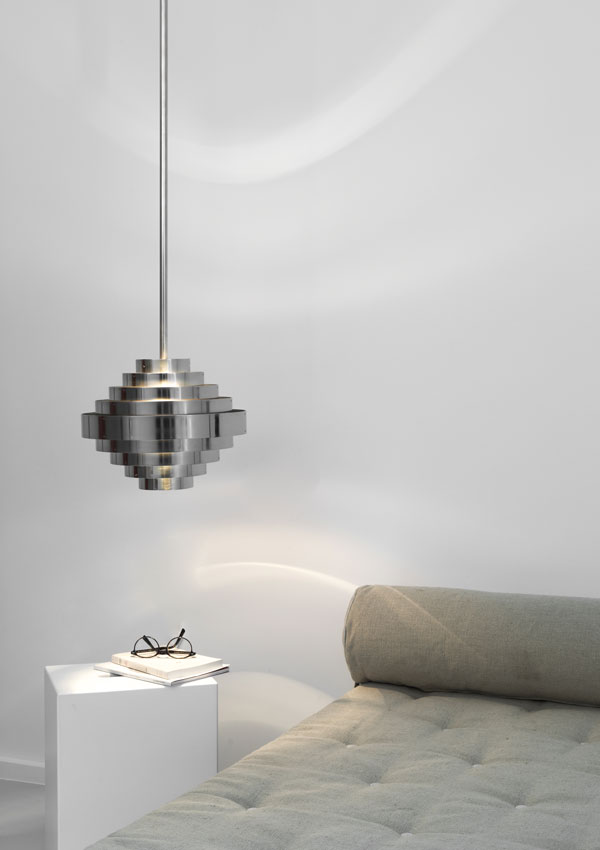
Michel Figuet
The revival of General Decoration
Chic, geometric, luxurious
In 1969, Jules Wabbes worked on a project in Knokke-le-Zoute. It was an interior design commission, for a villa built by Henry van de Velde, who is considered to be one of the founders of the European Art Nouveau movement. At the same time as this escapade in Zoute, Jules Wabbes created models of lamps and metal accessories. This marked a new direction for him in terms of aesthetics, after the days of Universal Furniture. 1969 saw the establishment of General Decoration – a company which would manufacture, distribute and sell these new creations.
The General Decoration catalogue showcased an array of items made of bronze, brass or steel, reflecting the latest aesthetics and trends. Jules Wabbes favoured these materials, because of their resistance and grandeur. They can be moulded into most shapes, such as squares with rounded edges, bevelled tubes, and honeycomb structures.
The iconic products made by Jules Wabbes for GEDE
Vincent Colet – a cabinetmaker, antique dealer and producer of modern furniture – and his wife, Caroline Colet, have preserved around 70 original drawings.. The couple’s close collaboration with Marie Ferran-Wabbes, who is Jules Wabbes’s daughter and an art historian, allows them to delve into the designer’s archives and continue to reproduce his works. GEDE has been revived.
This company, which produced and distributed the models designed by the master in the 1950s and 1960s, is now expanding the initial catalogue by developing new items, lighting and furniture. Made entirely in Belgium and in the traditional way, using exceptional forges and workshops, the models follow the originals to the letter and to the millimetre, keeping to the original plans and references and using the same materials. Each of these coveted treasures is numbered and accompanied by a certificate of authenticity. They do the trick for decorators and architects, as well as businesses – for instance, several Jules Wabbes wall lights are installed in the co-working area of the Fosbury & Sons office in Boisfort.
Even the finishes of the General Decoration models are strictly in keeping with the original pieces. The “hexagonal” table lamp, now available in a limited run of 50 pieces, regained its former glory in 2019, in time to mark the anniversary of the establishment of General Decoration. The company was able to celebrate its fiftieth anniversary in style with this lamp, made by local craftsmen, using grey marble from Ardennes. The universe of this great Belgian brand can be discovered in the window of its store in Brussels.
